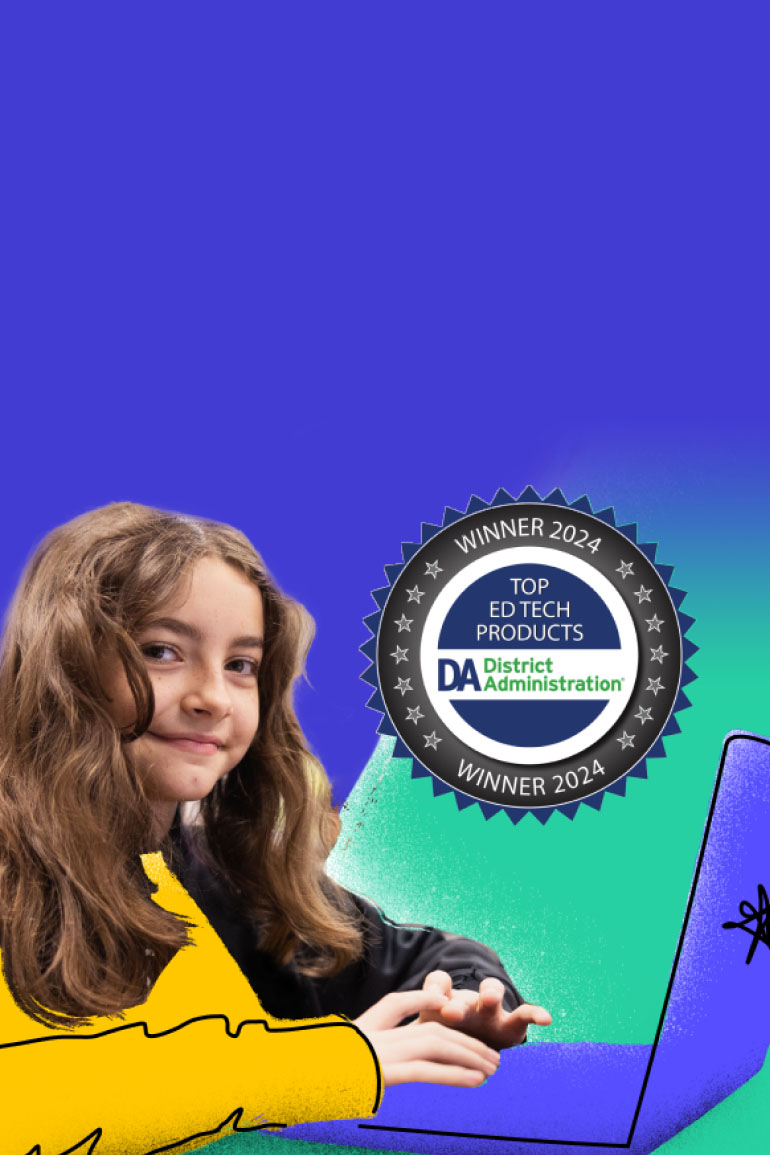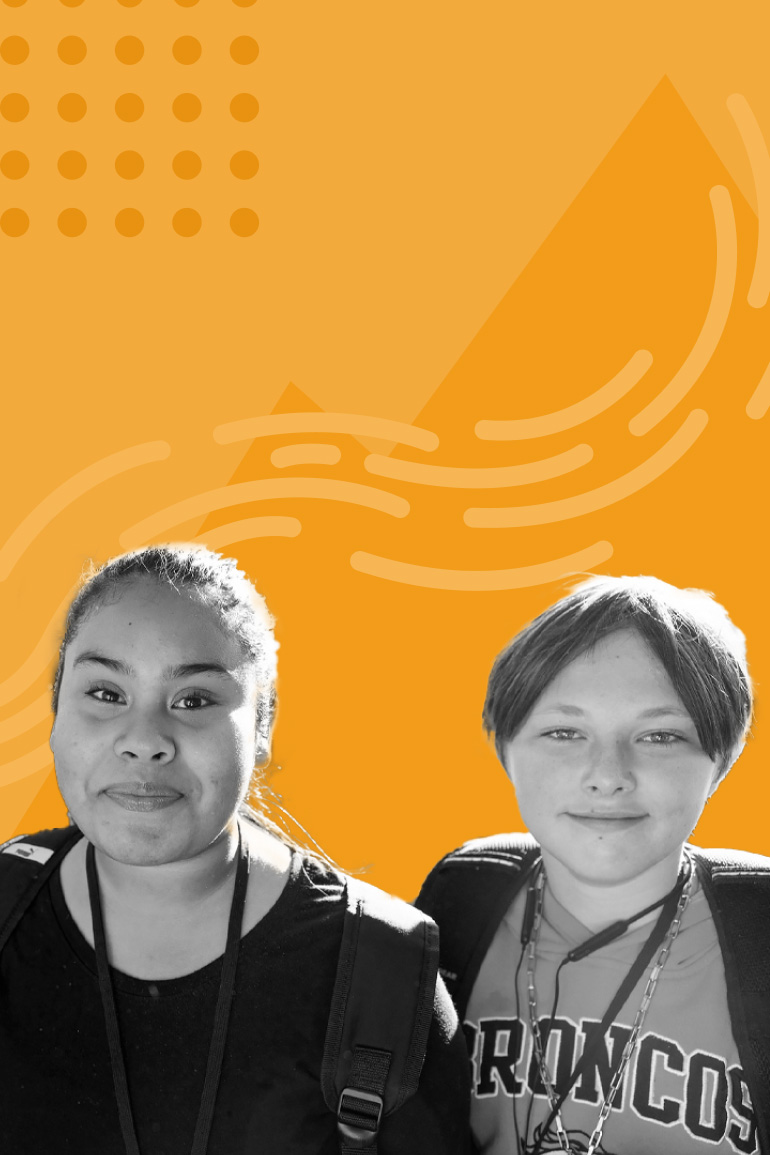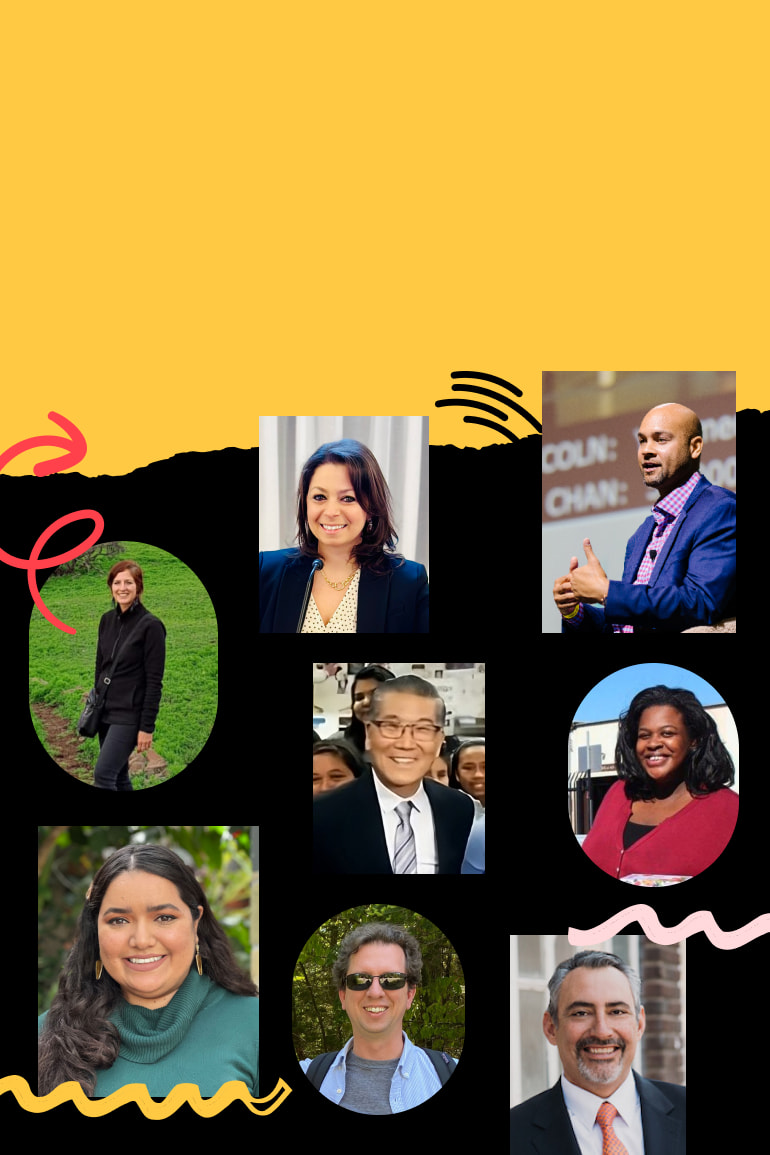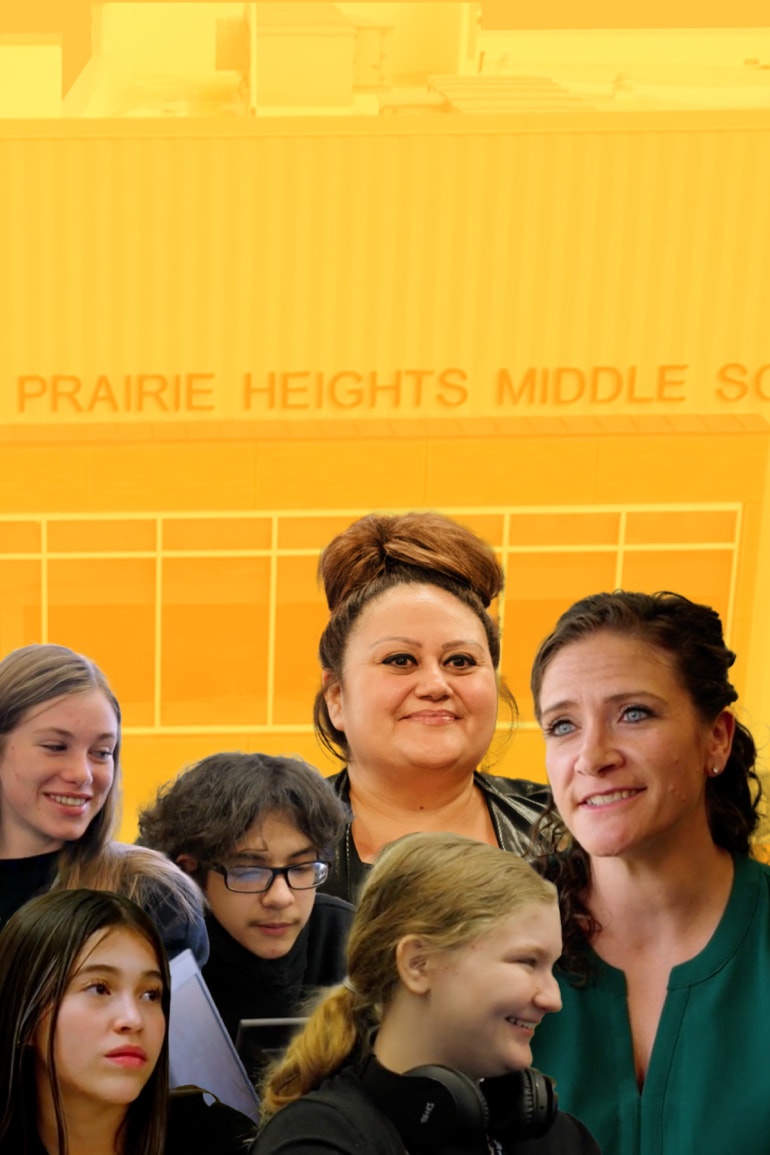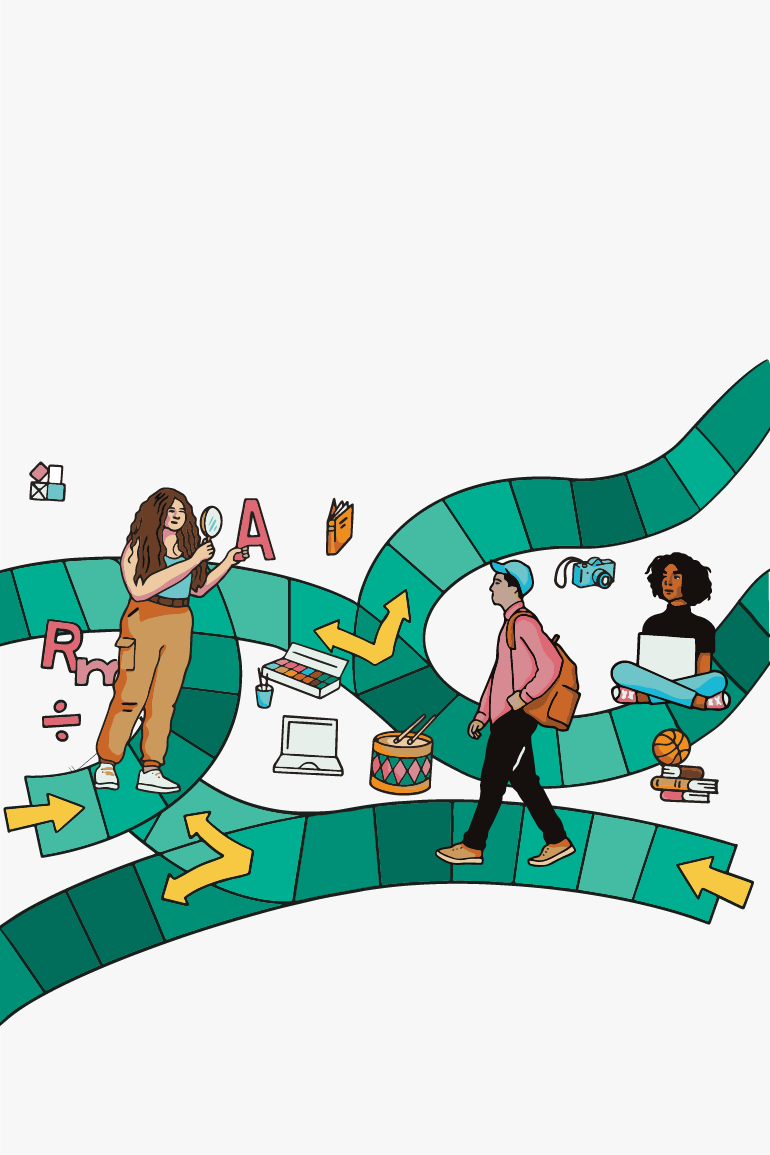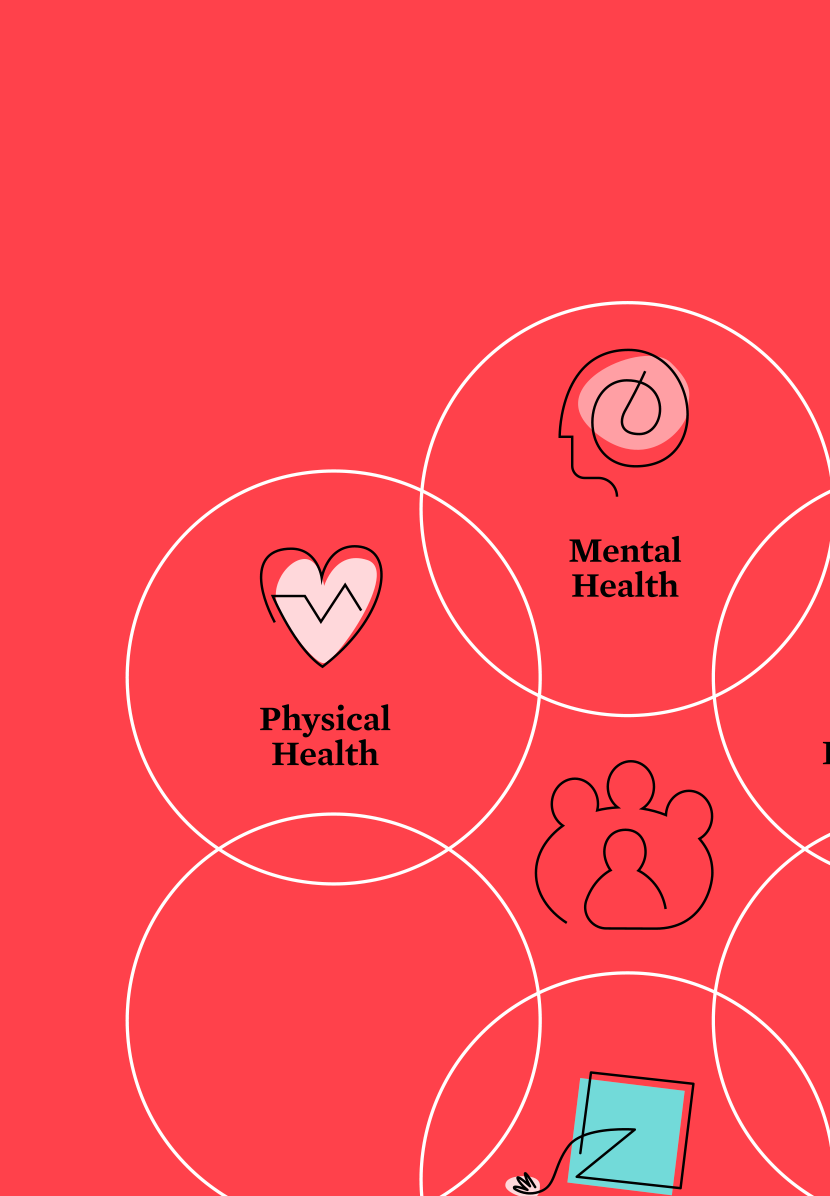Whole Child Approach to Education
A whole child approach to education is one that honors the humanity of each teacher and student, and is critical to equitably preparing each student to reach their full potential. This starts by creating environments of belonging and connection for students and adults to engage and thrive.

Building Classroom Connections
By prioritizing strong teacher-student relationships, this Summit Learning school in Chicago is seeing the academic development and mental wellbeing of their students flourish.
Creating Safe and Supportive School Environments
HEARTS is a whole-school, prevention and intervention program that addresses trauma by creating safe, supportive and equitable environments that foster resilience, wellness, and justice for everyone in the school community.

The Whole Child Framework

Learning is a social process and the evidence supporting the importance of relationships, including mentorship, in connection to students’ academic and social-emotional outcomes continues to build. Students also don’t learn in a vacuum; physical conditions like hydration, sleep, and emotional state have direct impact on the learning centers of the brain and the ability to engage in the process of learning.
American education was established over a century ago, before the science of human development emerged as a field. Our whole child work is dedicated to accelerating the integration of what we know about the science of human development into education. Grounding education in human development means taking a whole child approach to learning that accounts for the many different ways in which young people grow. The graphic above details areas critical to learning and development, representing an expanded definition of student success and well-being
A. Academic
Skills and knowledge typically associated with K-12 education. This includes the four core content areas: mathematics, literacy, science, and social studies, as well as the subjects included in most requirements for a diploma, like art, health, and physical education.
B. Cognitive
Skills related to attention, perception and memory. These are the skills we draw upon to learn and retain knowledge like executive function, visual and auditory processing, reasoning, and short- and long-term memory.
C. Social-emotional
Skills and mindsets involved in the social process of learning and development. This domain includes social and emotional factors with links to well-being and academic success, like healthy adult attachment, stress management, self-regulation, and resilience.
D. Physical
Nutrition, fitness, and sleep, as well as vision, hearing, and dental health.
E. Mental
A state of well-being demonstrated by the ability to realize potential, cope with stress, work toward goals, and make meaningful social contributions and connections.
The mental health domain draws from the definition provided by the World Health Organization: a “state of well-being in which every individual realizes his or her own potential, can cope with the normal stresses of life, can work productively and fruitfully, and is able to make a contribution to her or his community.”
F. Identity
An individual’s unique sense of purpose, including one’s personal, collective, and cultural identities, as well as one’s personal values.





